
In an era where global food systems face unprecedented pressures, from widespread soil degradation to declining food quality and rising diet-related diseases, a groundbreaking approach has emerged: regenerative agriculture. This ecologically integrative paradigm isn’t just about sustaining agricultural productivity; it actively seeks to regenerate degraded ecosystems, offering a beacon of hope for both environmental restoration and human nutrition. As health-conscious consumers, understanding and embracing regenerative farming practices can profoundly impact our personal well-being and contribute to a healthier planet.
Regenerative agriculture (RA) is a holistic farming method that prioritizes soil health, biodiversity, and ecosystem restoration. Unlike conventional farming, which often depletes soil nutrients and relies heavily on chemical inputs like fertilizers and pesticides, RA employs nature-based solutions that rebuild soil function and promote long-term agroecosystem resilience. The goal is to create a self-sustaining cycle where the soil becomes richer, its ability to retain water improves, and carbon sequestration increases. This fundamental shift from depletion to regeneration means the food produced through these methods carries enhanced benefits straight to our plates.
For anyone looking to optimize their health through mindful eating, integrating regenerative farming products into your diet is a powerful step. The quality of our food is inextricably linked to the health of the soil it comes from; nutrient-rich soil produces nutrient-dense crops and healthier animal products. This article will guide you through 14 simple yet impactful ways you can leverage regenerative farming products to enhance your nutritional intake, reduce chemical exposure, and support a more resilient, sustainable food system for a healthier you and a healthier world. Let’s dive into how these practices translate into tangible health benefits on your plate.
1. **Prioritizing Nutrient-Dense Produce for a Vitamin Boost**One of the most compelling reasons to choose regeneratively grown produce is its significantly enhanced nutritional content. When soil is healthy and biologically active, it creates an environment where plants can thrive and absorb a greater array of essential nutrients. This means your fruits and vegetables are not just fresh, but fundamentally richer in the micronutrients your body craves for optimal function.
Scientific studies have demonstrated these impressive nutritional improvements. Comparative analyses of crops harvested from regenerative and conventional farms across multiple U.S. states revealed substantially higher concentrations of vital elements. For instance, regeneratively grown produce showed a remarkable 34% more vitamin K, 15% more vitamin E, 14% more vitamin B1 (thiamine), and 17% more vitamin B2 (riboflavin). These vitamins are crucial for everything from blood clotting and bone health to antioxidant protection and energy metabolism.
Furthermore, essential minerals like calcium, phosphorus, and copper also see significant boosts, with 11% more calcium, 16% more phosphorus, and 27% more copper found in regeneratively grown crops. Regenerative wheat samples, in particular, exhibited elevated levels of boron, magnesium, and zinc. These differences are largely attributable to the biologically active soils and superior nutrient cycling mechanisms characteristic of RA systems, helping to combat widespread micronutrient deficiencies that affect billions globally.
Read more about: Unlock Your Peak Performance: 13 Common Diet Mistakes Professional Athletes Confidently Conquer
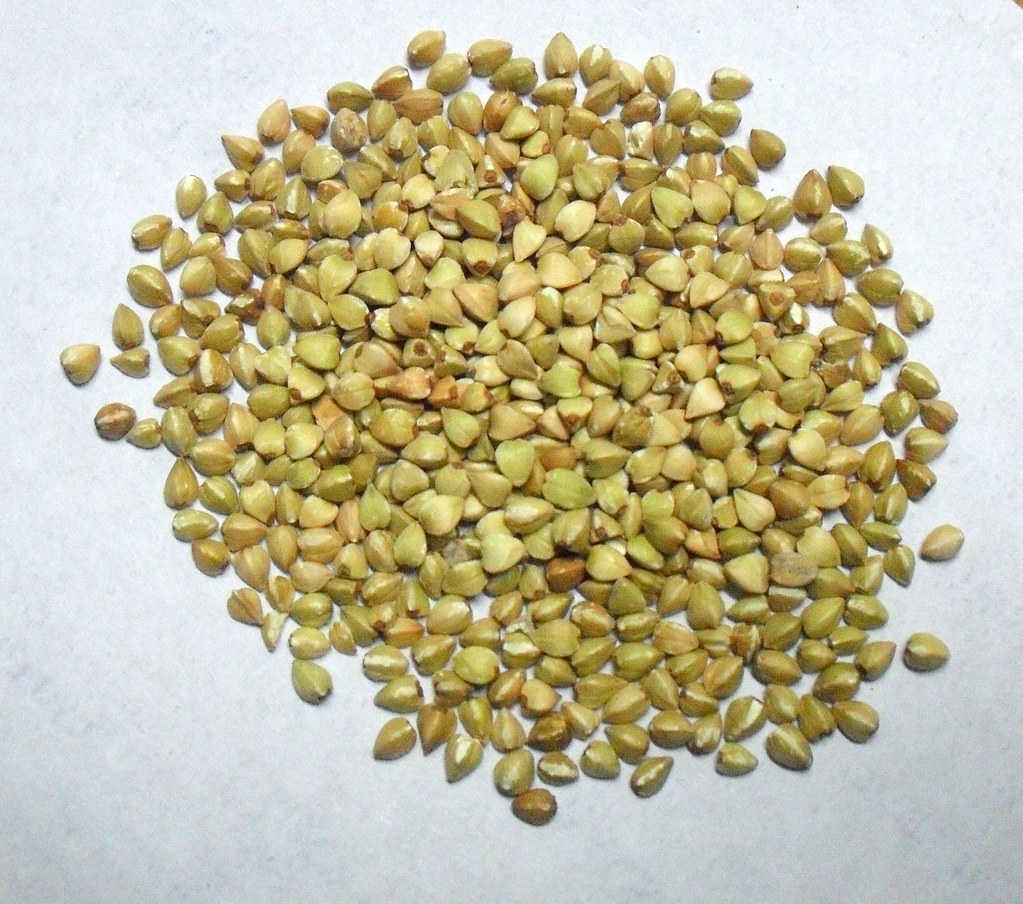
2. **Incorporating Higher Protein Grains and Legumes for Essential Amino Acids**Beyond just fruits and vegetables, regenerative agriculture extends its nutritional advantages to staple crops like grains and legumes. For those seeking to maximize their protein intake and ensure a balanced amino acid profile in their diet, regenerative options offer a distinct advantage. The improved soil health and efficient nutrient cycling inherent in RA systems directly influence the macronutrient composition of these vital foods.
Research indicates that regenerative agricultural management practices, such as organic farming and crop rotation, play a crucial role in enhancing the macronutrient density in edible plant tissues. The enrichment of soil organic matter, combined with increased microbial activity and improved nutrient availability, optimizes plant metabolism. This leads to better nitrogen mineralization, a process critical for releasing nitrogen in plant-available forms, which is a fundamental component of amino acids and thus protein synthesis.
This slow and sustained release of nitrogen from compost and organic amendments supports a more balanced protein accumulation in crops, contrasting sharply with the rapid nutrient depletion often seen in conventionally fertilized soils. Comparative studies on conservation agriculture and organic farming highlight that these systems produce grains with higher protein content and a better essential amino acid balance. By choosing regeneratively grown grains and legumes, you’re not just getting calories, but a more complete and bioavailable source of the protein building blocks your body needs.
Read more about: Beyond the Hype: 14 Enduring Food & Health Myths That Men Need to Stop Believing Right Now
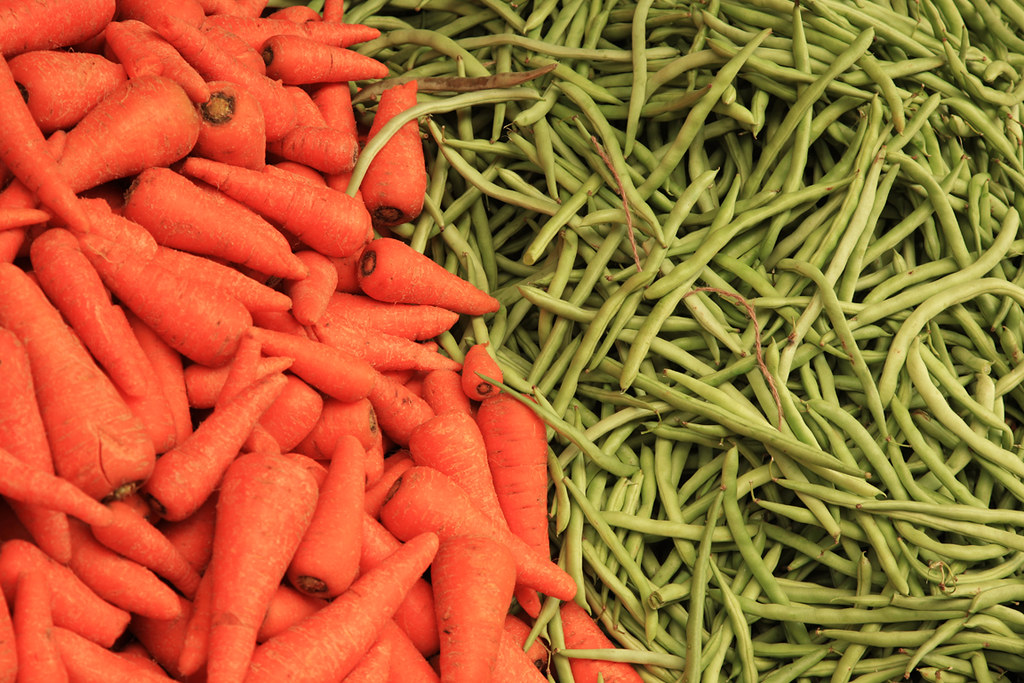
3. **Choosing Fiber-Rich Whole Foods for Digestive Wellness**Dietary fiber is a cornerstone of digestive health, playing a crucial role in everything from maintaining gut regularity to regulating blood sugar and cholesterol levels. Regenerative agriculture practices significantly contribute to higher fiber content in whole grains, fruits, and vegetables, offering an excellent way to support your gut health and metabolic regulation.
The improved soil structure and water retention capacity found in RA systems promote greater starch and soluble sugar accumulation in root and tuber crops like potatoes and sweet potatoes. More broadly, enhanced microbial diversity and nutrient cycling in these regenerative environments facilitate higher fiber content across a wide array of plant-based foods. This means that a regeneratively grown apple or a serving of whole grain pasta is likely to offer more gut-friendly fiber.
Furthermore, the presence of beneficial soil microbiota in regenerative systems stimulates the synthesis of bioactive polysaccharides. These compounds not only strengthen plant defense mechanisms but also improve crop quality by enhancing carbohydrate composition and, importantly, fiber content. These naturally occurring compounds directly contribute to digestive health and metabolic balance in human diets, making regenerative whole foods a smart choice for anyone prioritizing their gut microbiome.
Read more about: Your Daily Sip: 14 Expert-Backed Drinks to Naturally Lower Blood Sugar and Boost Your Metabolic Health

4. **Selecting Omega-3 Rich Animal Products for Cardiovascular Health**It’s not just plant-based foods that benefit from regenerative farming; animal products also exhibit superior nutritional profiles when raised within these systems. For those who include meat and dairy in their diet, choosing regeneratively raised options can significantly impact the quality of essential fatty acids you consume, particularly the all-important omega-3s.
Animals raised on diverse polyculture pastures, which are common in RA systems, consume a much broader and natural diet compared to those in confined animal-feeding operations (CAFOs). This dietary diversity directly translates into more nutrient-dense meat and dairy products. The improved diet of these animals leads to a favorable shift in their fat composition, offering substantial health advantages for consumers.
The same seminal research study that highlighted plant nutrient increases also reported impressive gains in animal products. Pork and beef from regenerative systems contained an astounding 11 times more alpha-linolenic acid (ALA), a crucial omega-3 fatty acid, and twice the concentration of eicosapentaenoic acid (EPA. Moreover, these products displayed lower and more favorable omega-6 to omega-3 fatty acid ratios, which are key for reducing systemic inflammation, improving cardiovascular health, and supporting neurological function. Incorporating these products helps in preventing metabolic disorders such as type 2 diabetes and obesity-related complications.
Read more about: Celebrity Diets Unpacked: Do Hollywood’s Hottest Health Trends Truly Stack Up Against Expert Nutritional Advice?
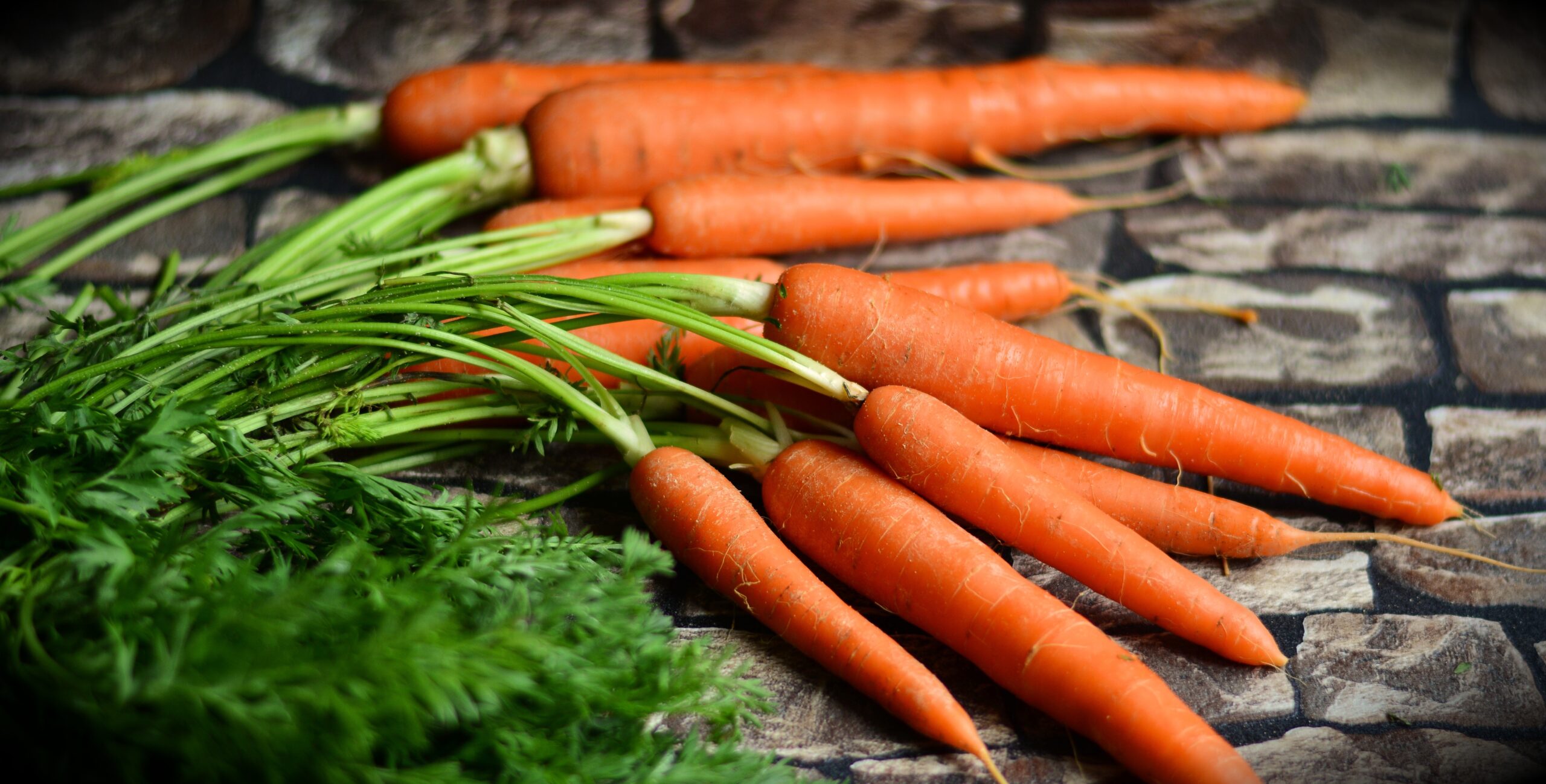
5. **Boosting Antioxidant Intake with Polyphenol-Rich Foods**Antioxidants are vital compounds that protect your cells from damage caused by free radicals, contributing to overall health and potentially reducing the risk of chronic diseases. Regenerative farming practices create conditions that enhance the natural production of these protective phytochemicals, making regeneratively grown produce an excellent choice for a powerful antioxidant boost.
Healthy soils under RA management aid in the formation and distribution of key phytochemicals, such as antioxidants, flavonoids, and phenolic compounds. These compounds collectively contribute to the overall health-promoting properties of fruits and vegetables. In contrast, soils in conventionally managed systems often suffer from compaction and nutrient imbalances, which limit the ability of plants to produce these beneficial compounds.
Agricultural management practices like organic farming and crop rotation are crucial in determining the polyphenol content of crops, directly influencing their nutritional quality. Adequate soil management techniques, including the use of organic amendments and micronutrient fertilization, contribute to increased polyphenol synthesis in plants. This means that regeneratively farmed fruits and vegetables inherently offer greater antioxidant potential, empowering your body’s natural defenses and supporting long-term wellness.
Read more about: Beyond the Morning Ritual: A Major Study Reveals the Comprehensive Health Impacts of Daily Black Coffee Consumption
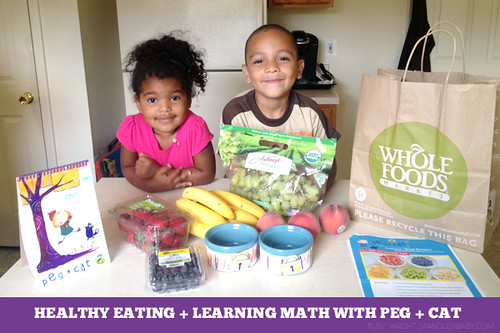
6. **Reducing Exposure to Synthetic Chemicals for Cleaner Eating**One of the most direct and impactful health benefits of choosing regenerative farming products is the significant reduction in your exposure to synthetic chemicals. Conventional agriculture heavily relies on fertilizers and pesticides to maximize food production, which can leave residues in the food we consume and harm environmental health.
Regenerative agriculture, however, aims to eliminate genetically modified organisms (GMOs), antibiotics, pesticides, and mineral fertilizers. This approach focuses on enhancing soil biological activity, balancing nutrients, and improving the natural regenerative properties of the land. The direct result for consumers is environmentally friendly products that are free of chemical elements not naturally present in food, offering a cleaner and safer eating experience.
By minimizing soil disturbance and replacing chemical fertilizers and pesticides with composts, manures, and biological amendments, regenerative farms produce food with a much lower risk of chemical contamination. This not only safeguards your health by reducing the ingestion of potentially harmful residues but also supports a healthier ecosystem. Embracing regenerative products is a conscious choice for a cleaner diet and a healthier, less chemically impacted body.
Read more about: The Nanotech Revolution: 15 Everyday Products Poised for Transformation Within Five Years

7. **Enhancing Gut Health with Diverse Plant Microbiota Through Regenerative Foods**Our gut microbiome plays a pivotal role in digestion, nutrient absorption, immune function, and even mental health. Regenerative farming, by fostering incredibly diverse and healthy soil microbiomes, indirectly contributes to a more robust and beneficial gut environment for us when we consume their produce. It’s all about the intricate dance between soil life and plant health.
Increased soil organic matter in regenerative systems enhances water retention and nutrient-holding capacity, but critically, it also supports an abundance and diversity of microbial communities within the soil itself. These vibrant soil microbes interact symbiotically with plants, affecting their nutrient uptake and the phytochemicals they produce. This holistic approach means that plants grown in biologically active soils are inherently more robust and carry a richer internal biochemical profile.
While the direct transfer of soil microbes to our gut is not the primary mechanism, the enhanced nutrient profiles, higher fiber content, and the unique bioactive polysaccharides present in regeneratively grown foods all contribute to a thriving human gut microbiome. The complexity and balance of these foods support the beneficial bacteria in our digestive system, which in turn leads to improved overall health. Choosing regenerative is choosing a foundation for better gut wellness, echoing the vitality of the soil from which it springs.
As we continue our journey into the world of regenerative agriculture, it’s clear that the nutritional benefits are profound and far-reaching. But understanding these benefits is just the first step. The next crucial phase is translating that knowledge into actionable choices in our daily lives, making it easier to integrate these health-boosting products into our diets. This section dives into the practical strategies for finding and choosing regeneratively grown foods, empowering you to support your well-being and the planet with every purchase.
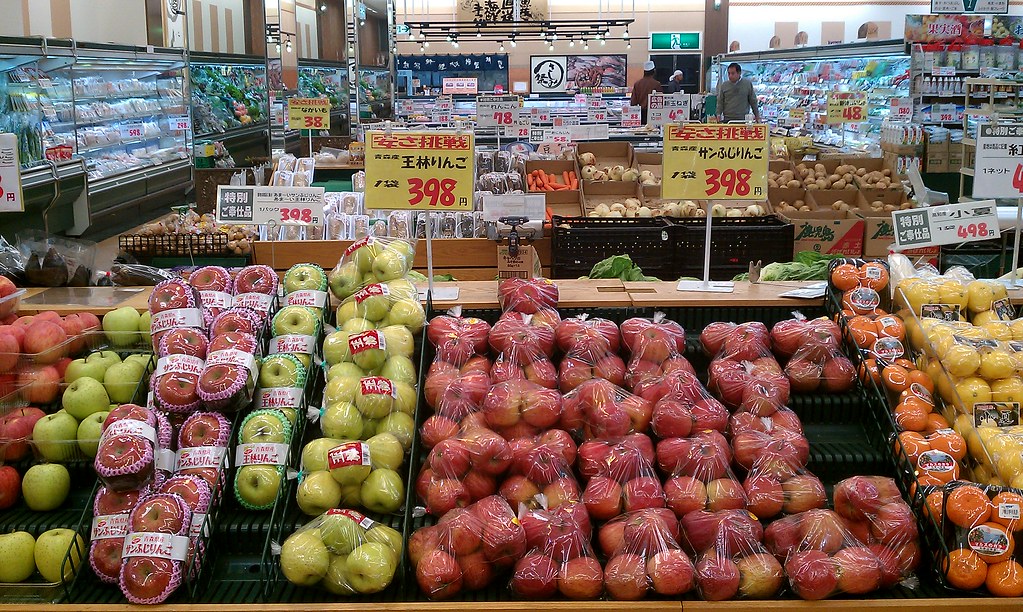
8. **Deciphering Regenerative Labels for Confident Shopping**Embarking on a quest for regeneratively grown foods can sometimes feel like a puzzle, especially with the sheer variety of products available. However, a growing solution lies in the rise of specialized labels designed to guide your choices. Currently, at least six verified regenerative agriculture labels are available, making it progressively easier to navigate grocery store aisles and identify truly regeneratively grown foods.
These labels serve as vital beacons for consumers, signaling that a product has met specific criteria related to soil health, biodiversity, and ecological restoration. They provide a layer of assurance, helping you make informed decisions without needing to be an expert in farming practices. By looking for these certifications, you can confidently select products that align with your health goals and environmental values.
It’s important to recognize that while regenerative product labeling is still evolving and “there is no U.S. standard in place,” these labels are incredibly helpful. They offer valuable guidance in finding environmentally responsible options across many grocers nationwide. They represent a concerted effort to bring transparency and trust to the forefront of our food system, connecting consumers with the positive impact of their purchasing power.
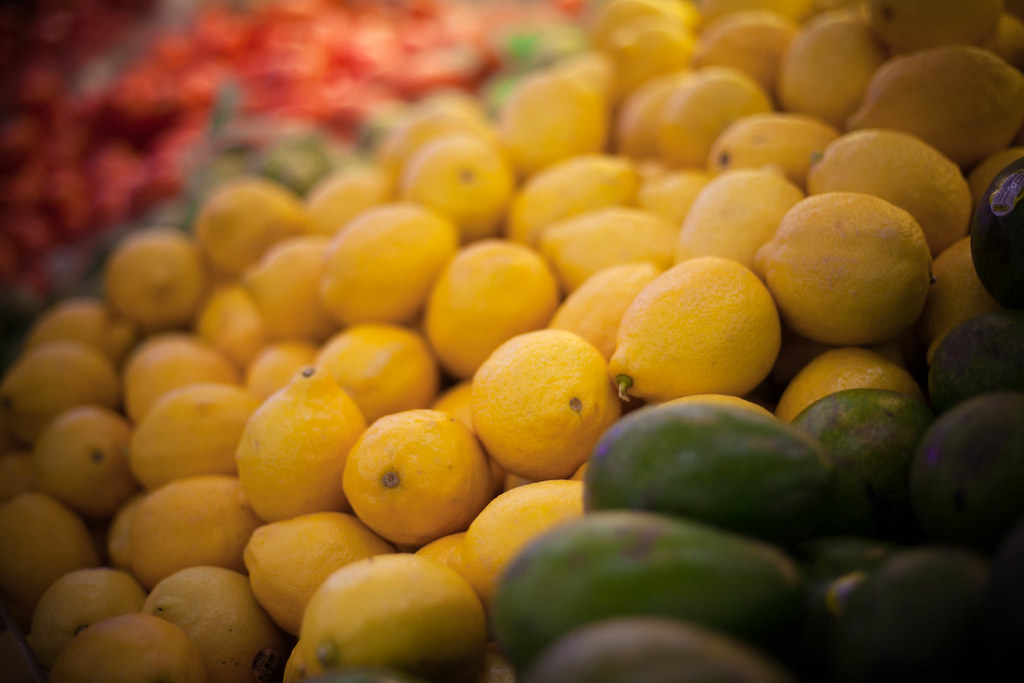
9. **Navigating Major Retailers for Regenerative Options**For many, the first stop for groceries is a major supermarket, and happily, several prominent retailers are stepping up to champion regenerative agriculture. These forward-thinking grocers are actively increasing their stock of regeneratively grown foods and educating customers about their benefits, making your healthy choices more accessible than ever.
Sprouts Farmers Market, one of the largest and fastest-growing specialty retailers of fresh, natural, and organic food, is a prime example. With over 380 stores across 23 states, Sprouts is dedicated to educating its customers about regeneratively grown products. You can visit Sprouts to find Regenerative Organic Certified brands, including trusted names like Horizon, Maple Hill, and Nature’s Path Organic, making it easier to fill your cart with high-quality, health-conscious choices.
Another leader in this space is Amazon-owned Whole Foods Market. Since the 1980s, Whole Foods has been a purveyor of natural and organic foods, with a long-standing commitment to sustainable agriculture. Today, with more than 500 stores in North America, the company not only supports regeneratively labeled products but also actively works to build customer trust in these items. They even encourage their suppliers to adopt regenerative agriculture practices, fostering a broader shift towards sustainability.
If you’re looking for specific examples, Whole Foods’ online ordering portal already offers a selection of regenerative products. For instance, you might find La Tourangelle Sunflower oil, among others, demonstrating their commitment to bringing these beneficial products directly to your kitchen. Keep an eye out as their offerings continue to expand, reflecting the growing demand for regeneratively farmed goods.

10. **Exploring a Wider Range of Retailers and Brands**The availability of regeneratively grown foods isn’t limited to just a few major players; these products are becoming increasingly ubiquitous. As Lisa Mabe, marketing and communications lead at Land to Market, aptly points out, “You can find some [regeneratively grown] products just about everywhere.” This widespread presence means you have more opportunities than ever to make healthier, more sustainable choices no matter where you shop.
Beyond Sprouts and Whole Foods, many other well-known retailers are also carrying these products. Look for regeneratively grown items at Natural Grocers, MOM’s Organic Market, Walmart, Target, HEB, Fresh Market, and even on Amazon.com. This growing list of outlets makes it more convenient to integrate regenerative products into your regular shopping routine, supporting your health journey with ease.
Several specific brands are also making significant strides in the regenerative space, offering verified products you can trust. Mabe recommends seeking out brands such as Applegate, Alec’s Ice Cream, General Mills, and Alexandre Eco Dairy, all of which are Land To Market verified. These brands represent a commitment to sustainable practices and offer delicious ways to enjoy the benefits of regenerative farming.
Katie Amos, director of communications and outreach for A Greener World’s Certified Regenerative label, further confirms this expansive reach, noting that “Labeled products and brands are carried at over 1,000 retailers nationwide.” This network includes not only major chains but also independent natural and organic food retailers and cooperatives, ensuring broad access to certified regenerative goods.
Brands carrying the A Greener World label include Zack’s Mighty Tortilla Chips, A2 Grassfed Milk, Challacombe Farm, and Park Farming Organics, among others. These diverse product offerings demonstrate that regenerative agriculture is influencing a wide spectrum of food categories, from snacks to dairy, providing you with numerous options to enhance your diet with integrity and flavor.
Read more about: Navigating the Tire Market: 15 Essential Tips to Secure the Best Price and Maximize Value for Your Next Set of Tires

11. **Utilizing Online Directories to Locate Certified Products**While browsing your favorite store is a great start, the world of regenerative products is expanding rapidly, and sometimes you need a more targeted approach to find exactly what you’re looking for. This is where online directories become an invaluable tool, connecting you directly to a comprehensive list of certified items and the places where you can buy them.
These digital resources act as a centralized hub, aggregating information from various certification bodies and brands. Instead of searching aisle by aisle, you can quickly filter by product type, brand, or even your location, streamlining your shopping process and ensuring you find verified regenerative options that meet your needs. It’s about making your wellness journey as efficient as possible.
For instance, A Greener World’s online directory is an excellent starting point for consumers. It provides a complete list of products that carry their Certified Regenerative label, along with the locations where they are available. Leveraging such tools empowers you to easily discover new brands and local retailers committed to regenerative practices, expanding your access to healthy, sustainably sourced foods.

12. **Understanding Product Categories and Examples**As you integrate regenerative farming products into your lifestyle, it’s exciting to discover the vast array of categories now embracing these sustainable practices. It’s not just about fresh produce anymore; regenerative agriculture is transforming everything from pantry staples to dairy and meat, offering a holistic approach to a healthier kitchen.
Many regenerative farms now sell a diverse range of their products directly online, allowing you to access items like flour, pasta, beef, and more from the comfort of your home. This direct-to-consumer model often means fresher products and a clearer understanding of their origins, bringing you closer to the farm itself.
Consider the specific examples we’ve encountered: from La Tourangelle Sunflower oil found at Whole Foods to Applegate deli meats and Alec’s Ice Cream, the options are varied. General Mills and Alexandre Eco Dairy are also making strides, offering Land To Market verified goods. For those seeking certified snacks and dairy, Zack’s Mighty Tortilla Chips and A2 Grassfed Milk are excellent choices carrying the A Greener World label.
This breadth of products demonstrates that adopting a regenerative diet doesn’t require a complete overhaul, but rather a thoughtful substitution of everyday items. Whether you’re making a stir-fry with regeneratively sourced oil, enjoying a snack, or preparing a hearty meal with sustainably raised meat, there are delicious and healthy regenerative options for nearly every culinary need, making it simpler than ever to nourish your body with integrity.
Read more about: The Evolution of Money: 13 Key Insights into Its Past, Present, and Future

13. **Cultivating Direct Relationships with Regenerative Farmers**While labels and retail availability are incredibly helpful, there’s an even deeper, more personal way to ensure your food is truly regenerative: by connecting directly with the farmers who grow it. In a world of complex supply chains, this approach offers unparalleled transparency and builds a powerful bond between consumer and producer.
Sara Harper, CEO and founder of Grounded Growth and co-manager of Global Food & Farm Community, passionately advocates for this connection. She states, “You can’t really know if something is regenerative unless you know the farmers.” This sentiment underscores the value of firsthand knowledge and understanding the specific practices employed on a farm.
Building a relationship with your farmer allows you to ask direct questions about their methods. You can inquire about their soil management techniques, pest control strategies, and animal welfare practices. Many regenerative farmers are not only willing but eager to share test results and insights into their land’s health, offering a level of transparency that goes beyond any label.
Harper believes this direct engagement represents “a purchasing model that reunites consumers with farmers like what existed in the past.” It’s about moving beyond anonymous transactions to foster a community around food, ensuring that you’re supporting genuine regenerative efforts and gaining a deeper appreciation for the journey your food takes from the earth to your plate. This approach empowers you with the knowledge and confidence that your choices are truly making a difference for your health and the environment.
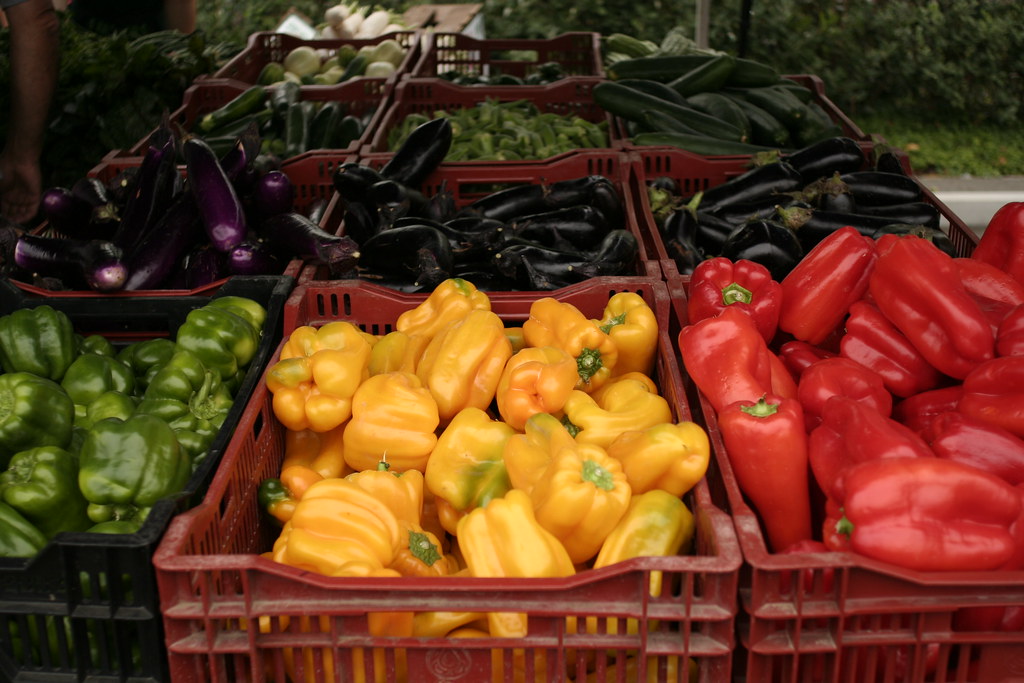
14. **Leveraging Online Farmer Networks and Communities**For those enthusiastic about connecting directly with farmers but perhaps lacking a local farmers market or easily accessible regenerative farms, online networks and communities bridge that gap beautifully. These digital platforms serve as vital conduits, facilitating connections between conscious consumers and dedicated regenerative growers, regardless of geographical distance.
One such invaluable resource is the Global Food & Farm Community, co-managed by Sara Harper. This network specifically features farmers and food companies that have established robust partnerships with growers who demonstrate a solid track record of regenerative growing practices. It’s a curated space where you can confidently discover and support producers committed to ecological integrity and nutrient-dense food production.
These innovative databases make the process of finding regenerative farms significantly easier. They empower you to explore a wide array of products—from specialty flours to ethically raised meats—and connect with the passionate individuals behind them. This ensures that even if you can’t physically visit a farm, you can still engage with its story and practices, fostering a sense of community and shared purpose.
By leveraging these online platforms, you’re not just making a purchase; you’re becoming an active participant in a movement that champions soil health, environmental regeneration, and superior nutrition. It transforms food sourcing into an informed and empowering experience, providing direct access to the freshest, most conscientiously grown products available.
Integrating regenerative farming products into your daily life is more than just a dietary choice; it’s a powerful commitment to holistic well-being for yourself and the planet. From understanding helpful labels to engaging directly with the dedicated farmers who nurture our earth, every step you take supports a healthier food system and a brighter future. Empower yourself to make these informed decisions, savor the enhanced nutrition, and join the growing community that’s cultivating a better world, one bite at a time. The path to vibrant health and a thriving planet truly begins on your plate.




